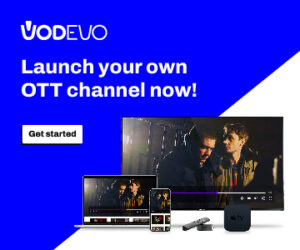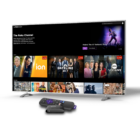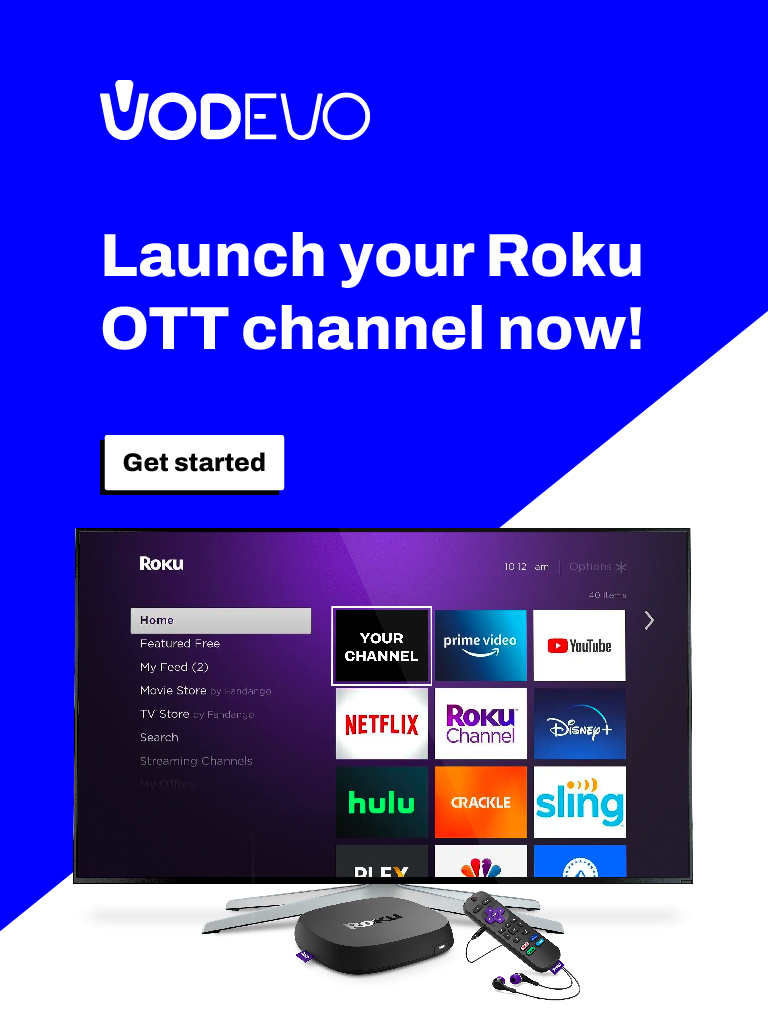Brands that plan and deliver advertising on ott platforms are perceived as five times more modern and five times more innovative compared to those that promote themselves in non-on-demand environments.
This is revealed in the new global report by Samsung Ads titled “Is TV just TV?”. These figures increase to eight and six times respectively for respondents between the ages of 18 and 34.
The surveyed panelists also stated that they perceive brands advertising on streaming platforms as three times more relevant, premium, and unique compared to those seen in other contexts.
For the younger demographic, aged 18 to 34, this perception is even more pronounced, with an increase of over five times.
Conducted in collaboration with research company Verve, the study compares key markets in Europe and the Asia-Pacific region to better understand the latest insights and habits related to television viewing. Among these, it explores the importance of quality content.
Preferences for different platform types, and methods of discovering new content.
Improvement in the quality of content on free streaming services
Nearly two-thirds (64%) of the respondents agree that the quality of content on free streaming platforms is improving, with 78% of viewers accessing both FAST/AVOD (Free Ad-Supported Streaming TV) and SVOD (Subscription Video-On-Demand) services.
Among viewers from all the countries included in the survey, Spanish viewers hold the highest regard for the qualitative optimization of free on-demand content. With 70% expressing this preference, followed by the United Kingdom (64%) and Germany (63%).
This change in perception could be attributed to increased attention and a global budget increase in terms of content investment by such services.
According to a recent report by Digital TV Research, global revenues for FAST series and film streaming are projected to reach $18 billion in 2028, tripling from $6 billion in 2022, with a growing portion of these investments coming from Europe and the Asia-Pacific region.
Audience growth
According to research participants, subscription-based (SVOD) and free streaming (FAST/AVOD) consumption is expected to increase more than any other channel or service in the next 12 months, with respective growth rates of +45% and +30%. This suggests that despite declines in subscriber numbers reported in various studies, the time spent on these platforms will increase.
Spain is expected to experience the highest surge in subscriptions (53%) and free streaming (42%) in the next 12 months. The United Kingdom will also see significant increases, with 39% of TV viewers planning to watch more SVOD and 26% consuming more FAST/AVOD content.
Substantial growth in SVOD is also anticipated in Germany (45%) and Australia (44%), while linear TV is expected to face its highest decline in viewership across all markets (26%).
Smart TV: A key driver for streaming growth
Smart TV capabilities are a crucial factor in the development of streaming, and screen size and sound quality are among the main aspects influencing TV purchasing decisions. However, the ease of access to video streaming apps is considered the most important feature in a Smart TV by 39% of the respondents.
Furthermore, one-fourth (23%) of viewers state that when they turn on their TV, they directly enter their preferred streaming service, which is nearly double the number (12%) who state they tune into their favorite channel.
Content prevails over format

The reasons why viewers choose linear TV over on-demand, or vice versa, are not clear-cut and are often driven by content rather than format.
60% of respondents use streaming services when a highly anticipated program is scheduled, while 55% tune in to traditional TV for the same reason.
Similarly, one-third (36%) is equally happy to immerse themselves in regular TV or on-demand services when seeking inspiration.
Although greater choice may seem positive, it often leads to overwhelm and frustration for consumers. 65% admit to experiencing these emotions within 15 minutes if they can’t find anything to watch.
In terms of different countries, the “least patient” award goes to the United Kingdom, with 43% of UK viewers feeling disheartened and unsatisfied after a few minutes. Australians come in second place (37%).
Therefore, it is not surprising that over half (55%) of viewers are highly likely to consult personalized recommendations when searching for content.
“It is proven that content, rather than the platform, plays a significant role in the viewer’s final decision because television is simply and only television in their eyes,” comments Alex Hole, Vice President of Samsung Ads Europe.
“However, it is very interesting to observe how the perception of ad-supported streaming has increased, consolidating its place in the TV experience.
After the well-known appreciation from advertisers who see it as a great opportunity, this evidence demonstrates that its potential is accelerating: attention follows high-quality content.”
Methodology for ott platforms
3,460 TV owners in the United Kingdom (867), Spain (891), Germany (860), and Australia (850) were surveyed in May 2023.
The respondents were selected as Smart TV owners through an external access panel and invited to participate in a 10-minute survey.
The age range of the respondents was 18 to 64 years, with an equal distribution of gender and TV ownership (both Samsung and non-Samsung TVs).








